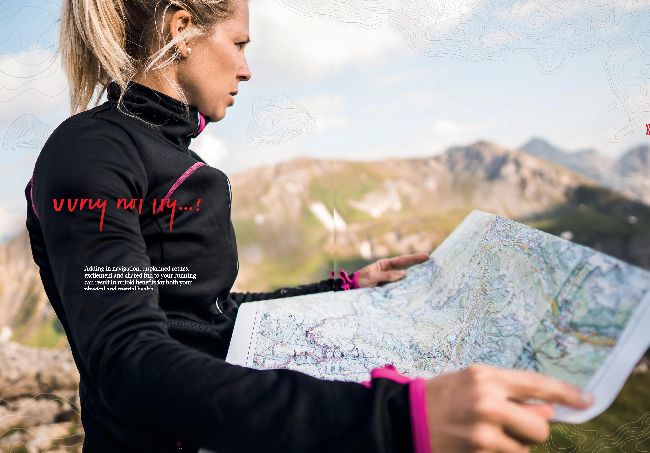Why not try...? Orienteering
Adding in navigation, unplanned routes, excitement and shared fun to your running can result in untold benefits for both your physical and mental health
Words Lydia Willgress

Getting down and dirty with a map and compass is something most of us have avoided in life, but it could be the start of an exciting and active new hobby
Think of orienteering and many of us will associate it with school trips, Thermos flasks and impossibly large maps that refuse to fold back into the shape they once were.
But dig a little deeper and you will find a sport that is much more than its stereotype. Orienteering can offer a rich world of adventure, camaraderie, independence and competition; a chance to explore beautiful, unknown places and take on a challenge that not only tests your legs and lungs, but your brain too.
While for a long time it might have been one of the most underrated sports in the country, things are slowly starting to change. In fact, since the pandemic, the sport is seeing some growth, with a rise in virtual courses attracting newcomers ready to wield their smartphones and find checkpoints.
British Orienteering estimates that there are currently 120 clubs in the UK with around 8,000 members – 40% of whom are female. With everything from community-run events to international competitions, it is certainly a sport that is ready to welcome people of all abilities. And for runners, it is a good sideways step if you’re looking for something to break up your training plan – an exciting sport that is a million miles from the drizzly hikes and dusty maps that once defined it.
A sophisticated treasure hunt
Orienteering is best described as an outdoor adventure sport: a heady mix of physical ability and mental agility, where the participant’s sole aim is to navigate between points – or ‘controls’ – marked on a special map. “It is like a more sophisticated treasure hunt,” Natalie Weir, England’s development officer for British Orienteering says as she gives a lowdown of the sport. “You have a map with your points marked and your challenge is to get to those points as quickly as possible.”
An orienteering map is less of a tool and more of a teammate – one that you need to get to know and work with. Along with the usual buildings, tracks and footpaths, orienteering maps also show benches, walls, runnable ground and even areas described as ‘fight’, which should be stayed away from. “You aren’t going to be able to run through a wall so you really need to build your understanding of the map,” Natalie laughs.
Leggete l'articolo completo e molti altri in questo numero di
Women’s Running
Opzioni di acquisto di seguito
Se il problema è vostro,
Accesso
per leggere subito l'articolo completo.
Singolo numero digitale
Jul 2022
Questo numero e altri numeri arretrati non sono inclusi in un nuovo
abbonamento. Gli abbonamenti comprendono l'ultimo numero regolare e i nuovi numeri pubblicati durante l'abbonamento.
Women’s Running
Abbonamento digitale annuale
€42,99
fatturati annualmente